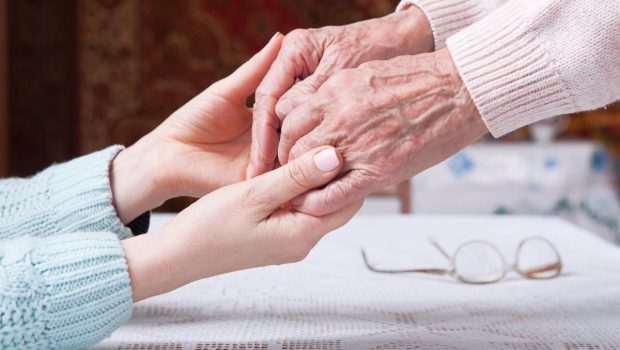How smart technology can help seniors live at home longer
https://www.ispeech.org/text.to.speech
If the demographic trends hold, by 2037 — right about the time a lot of Gen Xers will start to get serious about retirement — one-quarter of Canadians will be over 65.
It’s hard to imagine what retirement is going to look like for those of us who first watched Ferris on a big screen, but we’ll almost certainly have one thing in common with generations that came before us, namely, we’ll want to “age in place” (live at home) for as long as we can.
“We did a poll last year and found that 96 per cent of people in the boomer age demographic told us they want to stay at home,” said Susan D. VanderBent, chief executive officer of Home Care Ontario. “People don’t want to be in congregate settings and they’ve been very clear about this.”
Watching the tragedy of COVID-19 devastating the province’s long-term-care homes has likely strengthened people’s resolve but, as a rule, most people prefer the idea of aging in place. And, in fact, most people do manage to make it a reality, since VanderBent said that only seven per cent of Ontario’s seniors wind up in long-term care.
Still, given the tsunami of people aging, we need to shore up support for home care in the province with a number of initiatives, including investing in appropriate and well-designed smart technology that can help seniors safely live at home. Unfortunately, not all smart tech is up to the job.
“I’m a techie at heart, but being able to change the colour of the lights by voice command doesn’t actually make anybody’s life any better,” said Bruce Wallace, adjunct research professor at Carleton University and executive director of the AGE-WELL National Innovation Hub.
“A lot of it is first-world solutions to first-world problems. If you can turn that tech on its head, though, and use it to help somebody age in place, now that’s interesting.”
And, unsurprisingly, tweaking and repurposing existing commercially available smart technology to help seniors is exactly what Wallace and colleagues from several different disciplines and institutions are working on right now, one of many projects being conducted through AGE-WELL, a national aging and technology network.
“For one system, we bought home security technology right off the shelf at Home Depot,” said Wallace, referring to the “wandering” system he helped design to prevent disoriented seniors from leaving the house and getting lost. “I joke that it’s the same tech, except that instead of trying to prevent a break-in, we’re trying to prevent a breakout.”
Wallace, who is also affiliated with Ottawa’s Bruyère Research Institute, said that there are some fairly common scenarios that can trigger wandering. One is as simple as a senior having to go to the bathroom in the middle of the night, an event that happens most nights after a certain age.
“The problem is if that senior has some level of cognitive decline, where the two most common symptoms are called ‘disorientation for time’ and ‘disorientation for place,’” Wallace said. “So you don’t know when it is. Or you don’t know where you are.”
The problem is worse for seniors who have recently relocated, say, to an adult child’s house after years of living independently. When they wake up, they don’t recognize their surroundings so leave the house to try to get back home.
However, something as simple as a motion sensor that turns on the bathroom light — a simple visual cue to guide them in the right direction — can help them reorient. Wallace’s wandering system uses other prompts to continue to gently nudge them back to safety. Sensors at the front and back door, which can notify the care partner of a “breakout,” are the final fail-safe.
This is only one example of the systems these teams of engineers and doctors have been working on. What’s neat is that it’s been a true interdisciplinary approach, with clinicians who specialize in aging, such as Dr. Frank Knoefel, a physician in the Bruyère Memory Program, advising the tech squads on the reality of day-to-day problems and patient needs. It’s patient-led, as opposed to technology-led, which is a key to working out appropriate technological solutions for any scenario, especially in health care.
“There are some great examples of this kind of innovation like how we’re seeing nurses remotely monitoring personal support workers who are attending to someone’s end-of-life needs at home,” said VanderBent. “So it’s great to use technology in a very blended way to exponentiate the work of the humans, but you still need the humans.”
And, at the moment, there is a shortage in human infrastructure in home care as a result of the pressures of COVID. VanderBent’s organization is currently advocating for a large investment from the provincial government to help raise home care workers’ wages and attract people to the sector. No matter how smart the tech becomes, it can’t be done without humans.
“Technology is an aid and an adjunct to good care,” she said. “But it doesn’t replace the human interaction, and decision-making and foresight, and just that relationship that, you know, makes people want to do well because somebody is caring for them.
“We need the government to start thinking about the home as the place of care and start to shore up our home care system,” VanderBent added. “The technology is a great adjunct to people, but we have to have the people.”
JOIN THE CONVERSATION









Gloss